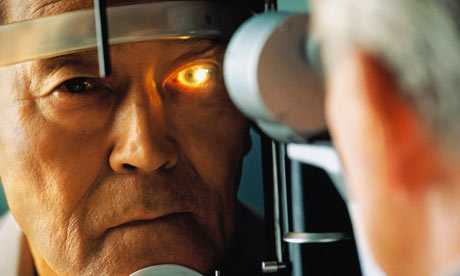It is university graduation time in Australia and a hundreds of PR students across the country are leaving college and looking for their first real job. It is time for them to set aside the books and begin their professional life in earnest.
Let me share some tips from leading US PR professional Cheryl Proctor Rogers who recently outlined the 4Cs to boost your PR career. Cheryl was speaking at the Public Relations Society of America Conference in Florida in October.
#1 Capabilities: You need to set out on a path of continuous self improvement to expand your PR knowledge and skills. You never stop learning in the communications industry.
#2 Careers: Join networks and professional associations and take advantage of their training programs and opportunities to meet other professionals. Network, network, network when you first start out and make it a hallmark of your career.
#3 Cabinet: Presidents and prime ministers have cabinets of trusted advisers so why can't you? Seek out and learn from mentors, advisers, supporters, peers and friends. Draw on their experience to increase your own.
#4 Community: Volunteer to help out with PR for a not for profit. Your first job may not give you the range of professional opportunities you would like. Helping a charity is good for the soul and importantly can lead you down different communications avenues.
Good luck if you are just starting your career. Remember the success of your career will be proportional to your effort, enthusiasm and the generosity of your spirit. Enjoy the journey.



